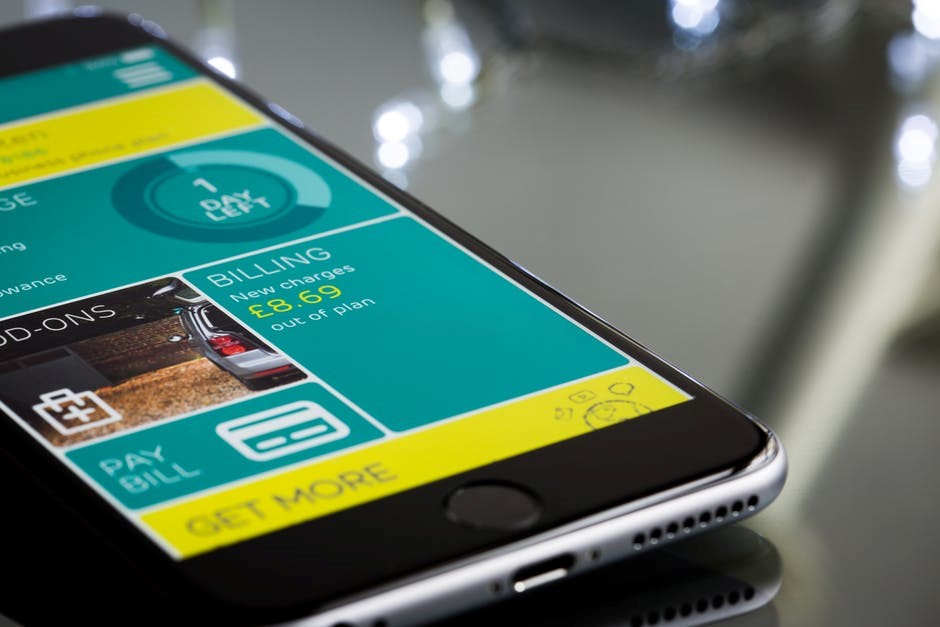When its community bandies about terms like blockchain and SaaS, the fintech industry can be an exclusionary experience for the average consumer. For the most part, its corner of the financial world is reserved for the most innovative and knowledgeable professionals, but there are aspects of it that bleed through to everyday life. Perhaps the most popular example is the mobile wallet. It has become the most accessible piece of fintech yet, allowing its users to make digital payments with their smartphones.
Now the mobile wallet can do a lot more than that. As fintech continues to evolve, the number of mobile niches it fills will continue to grow. Whether its accessing digital payments from a retailer forgoing cash or making investments with a tap of your finger, the mobile wallet can do a lot. Take a peek at the list below to see what apps you can download. Together, they can make a robust wallet that serves you at every stage of your financial life.
For day-to-day banking
Now that the fintech industry is booming, most of the financial world is following their lead. That means the average retail bank like Chase or Bank of America offers an app for their customers with basic checking accounts. You can download these apps and use them to pay for everything from your daily latte to your new summer wardrobe.
But these aren’t your only options. If you have an iPhone, you can use Apple Pay. Depending on the handset, Androids have the choice of Google Pay or Samsung Pay. There’s also a growing number of retailers offering their own digital payment platforms, including Amazon, Walmart, and Starbucks. These alternatives all hinge on a bank account — which many of the underserved may not have.
Mobile banks like Chime and N26 offer a convenient, fee-less way of tapping into digital payments. Unlike the biggest banks in the country that charge monthly fees, these digital alternatives are free. They make it possible for those typically ignored by banks to open a checking account and make cash-less transactions.
For serious saving
Mobile wallets aren’t just for spending. They can help you save, too. Many of the apps devoted to this part of your finances come under two categories: money management apps that help you budget and dedicated programs that automate your savings.
- Money management apps: With more than 20 million international users and counting, Mint is by far the most popular of its kind. It requires access to your various financial accounts, including checking, savings, credit cards, and cash loans. It aggregates all your financial information onto your profile, so you can see your standings in one convenient place. It also offers you a convenient way to create a budget, track expenses, and be notified when you’re overspending.
- Savings apps: Automation is at the foundation of any app on this list, but it’s at its most obvious in an app like Acorns. It takes over your savings, so you don’t have to think about it. It does that by rounding any purchase you make on a connected account to the nearest dollar. Acorns then automatically invests the difference into its specialized savings programs.
For borrowing
If the concept of saving is new to you, then it may be a while before your budget is prepared for when the unexpected tests your budget. Until then, borrowing is a common way to bridge the gap between your responsibilities and financial capabilities — but the method is changing.
Traditional retail banks have strict policies in place. Before they’re willing to issue a personal loan, they require lengthy in-person interviews at odds with this new mobile mentality. Online lenders like MoneyKey, meanwhile, have a finger on the pulse. They offer faster alternatives to the old-fashioned loan with their hassle-free online loans. You can get a payday loan online via their mobile app with no need for an in-person meeting. That means you can manage your borrowing experience at any time, with no branch hours restricting your access. A mobile loan app offers a convenient way to submit a loan request, review the status of your cash advance, and check your pending balance and payment schedule — all with a few swipes of your thumb.
For investments
For those with long-term goals in mind, an investment app like Wealthsimple is a great addition to your mobile wallet. Its founders say it’s like having a financial advisor in your pocket, giving you an opportunity to make smart investments from your phone. While it relies on automated processes to create a personalized portfolio for its users, it’s one step above the typical robo-advisor. Your account grants you access to live investors whenever you have questions.
From the app, you can review your portfolio and check the distribution of your assets. It also lets you add or remove funds from your phone, making it the easiest way to invest.
After you’ve loaded up your mobile wallet, it’s important you consider your security carefully. Each of the apps mentioned above has its own security systems in place encrypting your data, but you should use your mobile wallet with caution; it’s carrying a lot of your personal information. Ensure you have multi-factor authentication in place, and never keep your profile saved or remembered. And remember — always download these apps from the official Apple or Play Stores. These platforms protect you from malicious apps preying on the uninformed.
When you take these steps to protect your mobile wallet, you’ll be able to use it to its full potential. Save, borrow, and invest — all from your phone.










